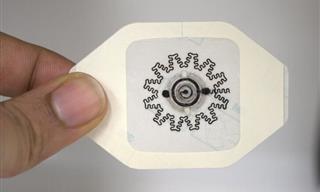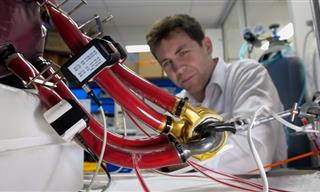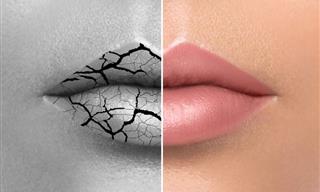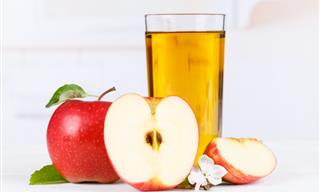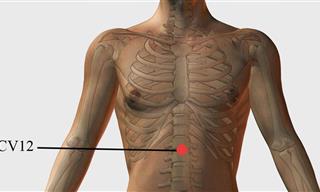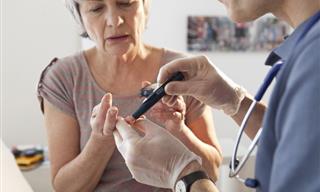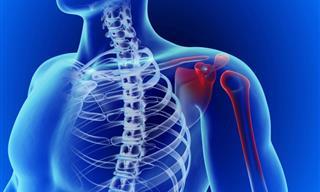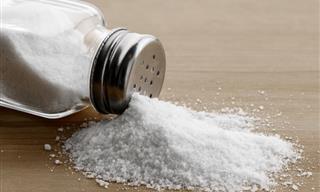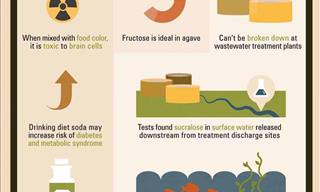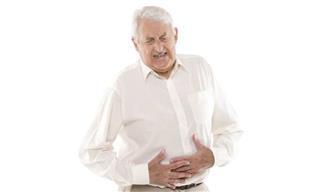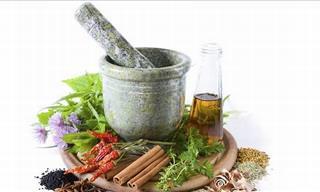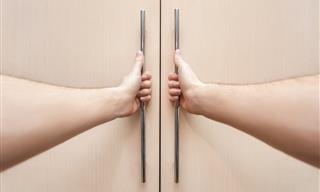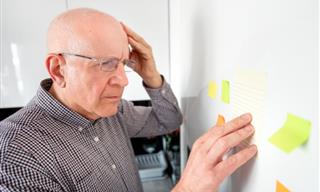We all want to think our home is where we are most protected from all dangers, but as it turns out when it comes to airborne poisons - this is NOT the case. The amount of air pollution in the city you live in is not the thing that should put you off the most, but the myriad ways you introduce poisons and pollutants into your home. Today, you are going to get to know them and learn how to identify and avoid some of them. Go over this list and make sure you're doing your best to keep the air in your home clean and devoid of health risks.

1. A new Carpet
A carpet is a wonderful addition to any house, but it may also release toxic gases that are dangerous to humans. So claims Emily Welsh, a US expert on toxins. During the 72 hours that follow a new wall-to-wall carpet installation, the air quality in the house goes down and many organic compounds found in the cloth fibers of the carpet are released. These poisons include Acetaldehyde, Benzene, Formaldehyde, Toluene, and other dangerous toxins.
Signs to watch out for are nausea, headaches and a feeling of irritation in the nose, throat, and eyes. Therefore it is not healthy to stay in the home in the first 72 hours after installing such a carpet and, in any case, make sure there is lots and lots of ventilation where the carpet is laid.
2. Mattresses
You probably know that bleach and other powerful cleaning supplies contain toxins that may cause harm when we breathe them in, but there are other sources we ignore simply because they don't have as strong a smell as these better-known cleaning supplies. For example, fire-resistant materials that are added to almost every mattress today are such chemicals and have no odor at all. They do help prevent the mattress from catching flame, but they have side effects that are bad for our health. So ask in the store if you can get a mattress without these materials, and just be careful not to light candles or other burning objects near it.
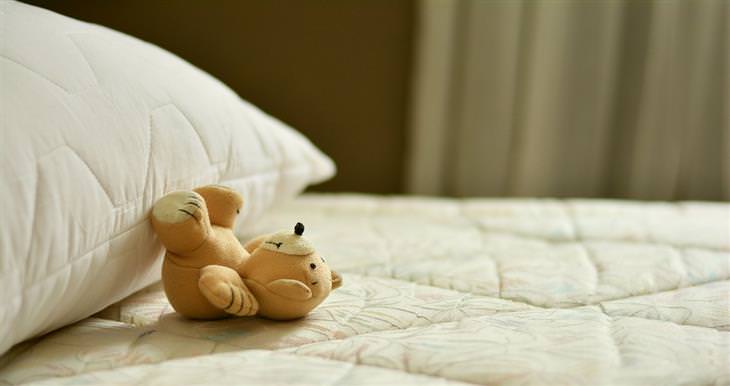
3. Clothes that have been dry cleaned
It's great fun to return home with clothes that used to be dirty and are now clean after they've been to the dry cleaners. However, this process is not as innocent as it looks.
"During dry cleaning, they use a material called Trichloroethylene," says Dr. Lois Claudio, a professor of environmental health in Aiken Medical School, New York. "Although it is unknown how much of it is released in the home once you come back with the clothes in a plastic bag, it's best to ventilate the bag well before introducing the clothes back into your closet."
4. Air purifiers and scented candles
The use of air purifiers is quite common and mostly causes no risk. However, if your windows at home are closed and you are spraying an air freshener, it could very well be that you are damaging your health, and the same goes for scented candles. "In many of the air purifiers and scented candles have dangerous materials, and they leave organic compounds in the air." So says Christine Dimmick, author of the book 'Detox Your Home: A Guide to Removing Toxins from Your Life and Bringing Health Into Your Home.' When we breathe in these compounds, they get locked in our body and over time can cause us breathing conditions, such as asthma."

5. Daily dust
In a study published in 2016, it was found that the dust in our house actually contains a large number of toxins. "Studies show that there are no few fire-preventing materials, endocrine disruptors (materials that damage our physiological wellbeing), and lead in the dust in your house." Says Tonia Harris, a US expert on environmental toxicity. What can one do? Tonia suggests you prepare your cleaning materials yourselves in order to decrease the number of toxic materials at home. Furthermore, she recommends you vacuum often.
6. Beauty Products
Some toxins don't even appear on the package of beauty products, and yet they are still there. A good example of this are preservatives that release Formaldehyde. They exist in nail polish, shampoos, shaving creams, and even some baby soaps. Tonia explains how they work: "These chemicals break apart with time and release Formaldehyde, which is known as a cancerous material, in order to keep the cosmetic material from going bad over time. Even though Formaldehyde doesn't originally exist in the cosmetic, there is still the possibility it will be released once you start using the beauty product.
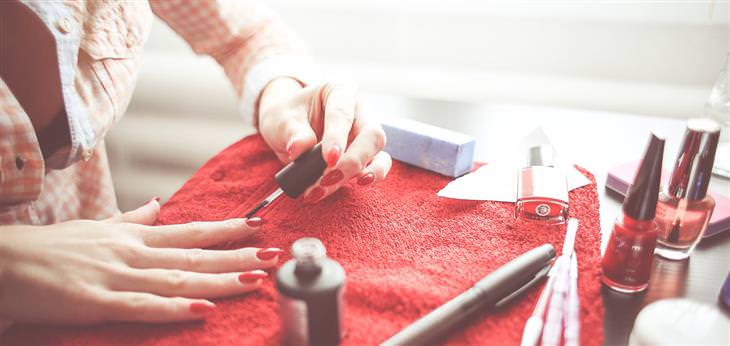
7. Toothpaste
Other than Formaldehyde, there are other toxins that sneak into some beauty products we use. One of them is Dioxin. This material can be found in toothpaste, and to discover it, you must know its other names. Dr. Tonia recommends looking for ingredients such as polyoxyethylene and any other material ending in the letters ETH - such as Myreth, Laureth, Olathe, etc. She adds that Dioxin does great damage to the liver, kidneys and the breathing system.
8. Shoes
There's nothing better than taking off our shoes after spending the whole day outside. Especially if they are heels. But some still use them inside the house - and they should probably stop. "About 90% of the bacteria in the soles of your shoes transfer to the floor in your house," says Caleb Beck, a health expert of the American company Maple Holistics. "When you wear your shoes inside the house, you are distributing the bacteria caught up by your soles all over the floor, and they get airborne with the dust and so can enter directly into your breathing system."
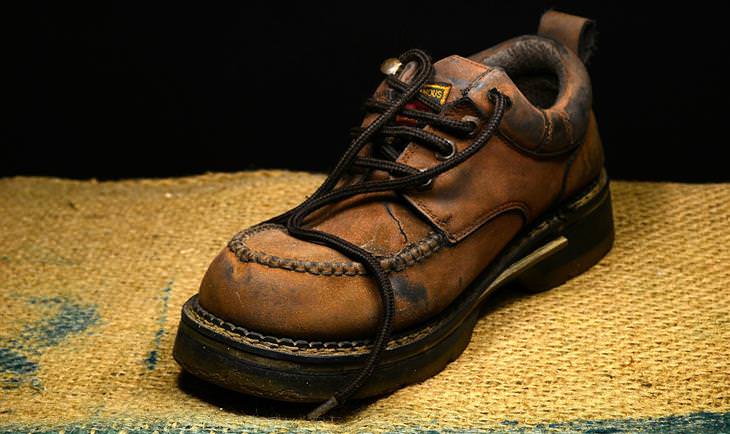
9. The walls
The walls of a house, themselves, don't contain many toxins, but what GROWS on them certainly does. If the more humid rooms in your house, like the bathroom, develop mold, it can do great harm to your breathing system. "Mold spores cause allergies and autoimmune diseases," says Caleb, and he recommends you keep all such rooms well ventilated, and pay attention to any smattering of black or green dots on the walls or ceiling of your bathroom, toilet or basement.
10. Air conditioner
The same appliance that keeps a house cold in summer and warm in winter may also make the air in our home harmful. When you turn the A/C on, you close all the windows in the house, and most air conditioners cool the air already in the house, making their own circulation. That means no new air is coming into the house and you continue to breathe the same polluted air. If that's not enough, if you don't clean your A/C on a regular basis, the air that comes out of it may be polluted and will cause great damage to your breathing. The simple solution is just to clean the A/C every few days of use, and if possible - try to do it ONLY after you've opened the windows of the house for a good time before.
 Go to BabaMail
Go to BabaMail










